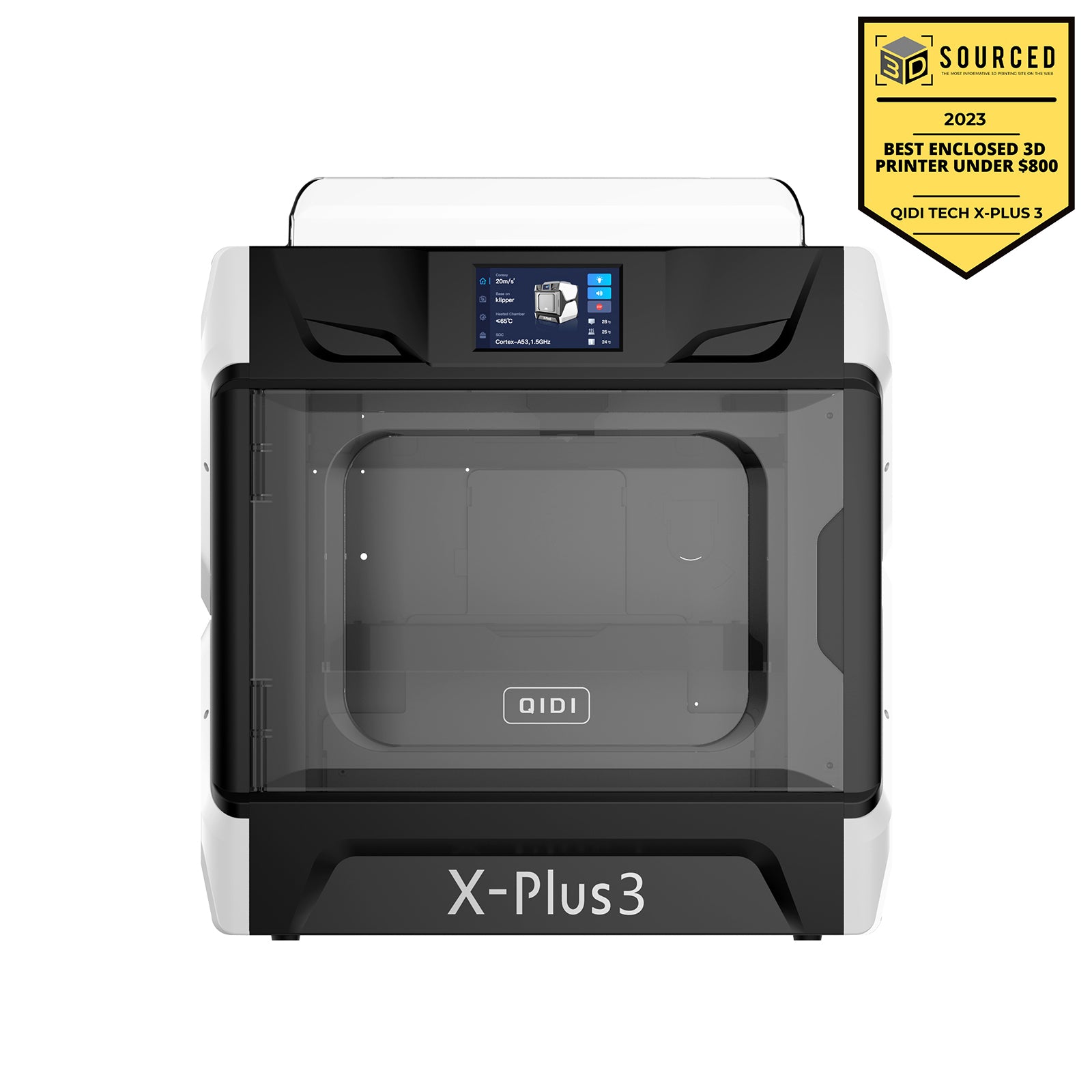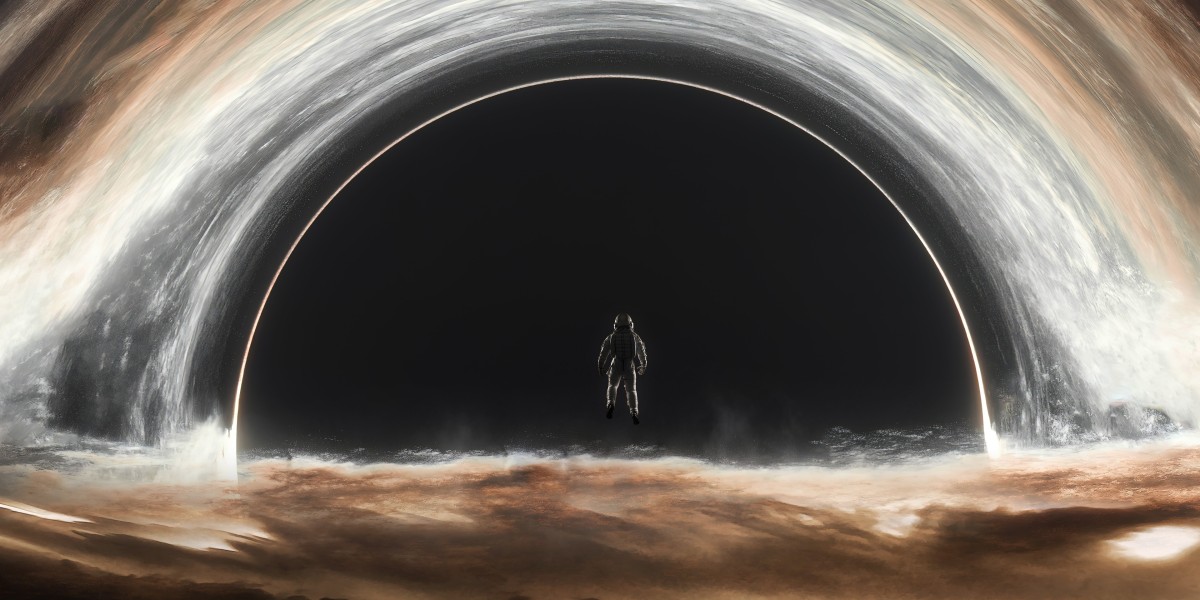Unlocking the World of 3D Printing: What You Need to Know Before Making That Big Purchase!
3D printing has revolutionized the way we think about manufacturing, design, and personal creativity. With its growing popularity, more individuals and businesses are considering investing in a big 3D printer. Unlike traditional printers, these machines can create large-scale objects, making them invaluable in various industries, including automotive, aerospace, education, and healthcare. The potential applications are limitless, from prototyping to producing custom components for intricate projects. This investment not only enhances productivity but also opens up a world of possibilities for hobbyists and professionals alike. However, before making such a significant purchase, it’s crucial to understand what to look for and how to evaluate your options effectively.

Understanding Big 3D Printers
Big 3D printers are defined by their substantial printing volume, often capable of producing objects measuring several feet in length, width, and height. This category typically includes industrial-grade machines that utilize advanced technologies such as Fused Deposition Modeling (FDM) or Stereolithography (SLA). These printers are designed to accommodate a variety of materials, including plastics, metals, and even composites, enabling the creation of durable and functional prototypes or parts. Their capabilities extend to producing intricate designs that would be challenging or impossible with smaller printers. Industries often utilize large-scale 3D printing for everything from large prototypes and architectural models to custom tooling and end-use parts. Understanding these specifications helps potential buyers identify a printer that meets their project needs.
Evaluating Your Needs
Before diving into the realm of big 3D printers, it is essential to assess your specific requirements. Start by considering the intended use of the printer. Are you looking to create detailed prototypes, low-volume production parts, or artistic sculptures? Depending on your goals, you may need a printer that excels in design complexity or one that can handle high production volumes. Additionally, material preferences play a crucial role in this assessment. Different materials require different printer capabilities; for instance, if you're interested in printing with metals or flexible filaments, ensure the printer can accommodate those materials. Reflecting on these factors will help you narrow down your choices and find a printer that aligns with your creative and professional goals.
Comparing Prices and Features
With the variety of big 3D printers available on the market, comparing prices and features is vital to making an informed decision. Start by creating a list of key features that are important to you, such as print speed, resolution, and build size. Print speed is particularly important if you plan on producing items quickly, while resolution will impact the detail and finish of your prints. Don’t forget to consider user-friendly features such as touchscreen interfaces or software compatibility. Take the time to explore multiple models and read user reviews to gain insight into performance and reliability. It can also be beneficial to attend trade shows or exhibitions, where you can see the printers in action and discuss their features with manufacturers and other users. This thorough comparison will help you identify the best option that fits your needs and budget.
Long-Term Considerations
Investing in a big 3D printer is not just about the initial purchase; it’s essential to consider the long-term commitments that come with ownership. Maintenance is a significant factor, as larger printers often require regular upkeep to ensure optimal performance. This may include cleaning, calibration, and occasional parts replacement. Additionally, operational costs such as electricity and material consumption can add up, so it’s wise to factor these into your budget. Furthermore, as technology evolves, you may find the need to upgrade or expand your capabilities in the future. Planning for these potential changes will help you maximize your investment and keep your printer functioning at its best for years to come. Speaking from experience, a friend who bought a large printer initially underestimated maintenance and had to adjust his budget significantly to keep it running efficiently.
Key Takeaways on Investing in 3D Printing
In conclusion, entering the world of big 3D printing can be an exciting yet daunting experience. As discussed, understanding the specifications, evaluating your needs, comparing features and prices, and considering long-term commitments are crucial steps before making a significant investment. Thorough research and careful consideration will empower you to make a choice that not only meets your current demands but also supports your future projects. Take your time, weigh your options, and remember that the right big 3D printer can open up a multitude of creative avenues and professional opportunities.








